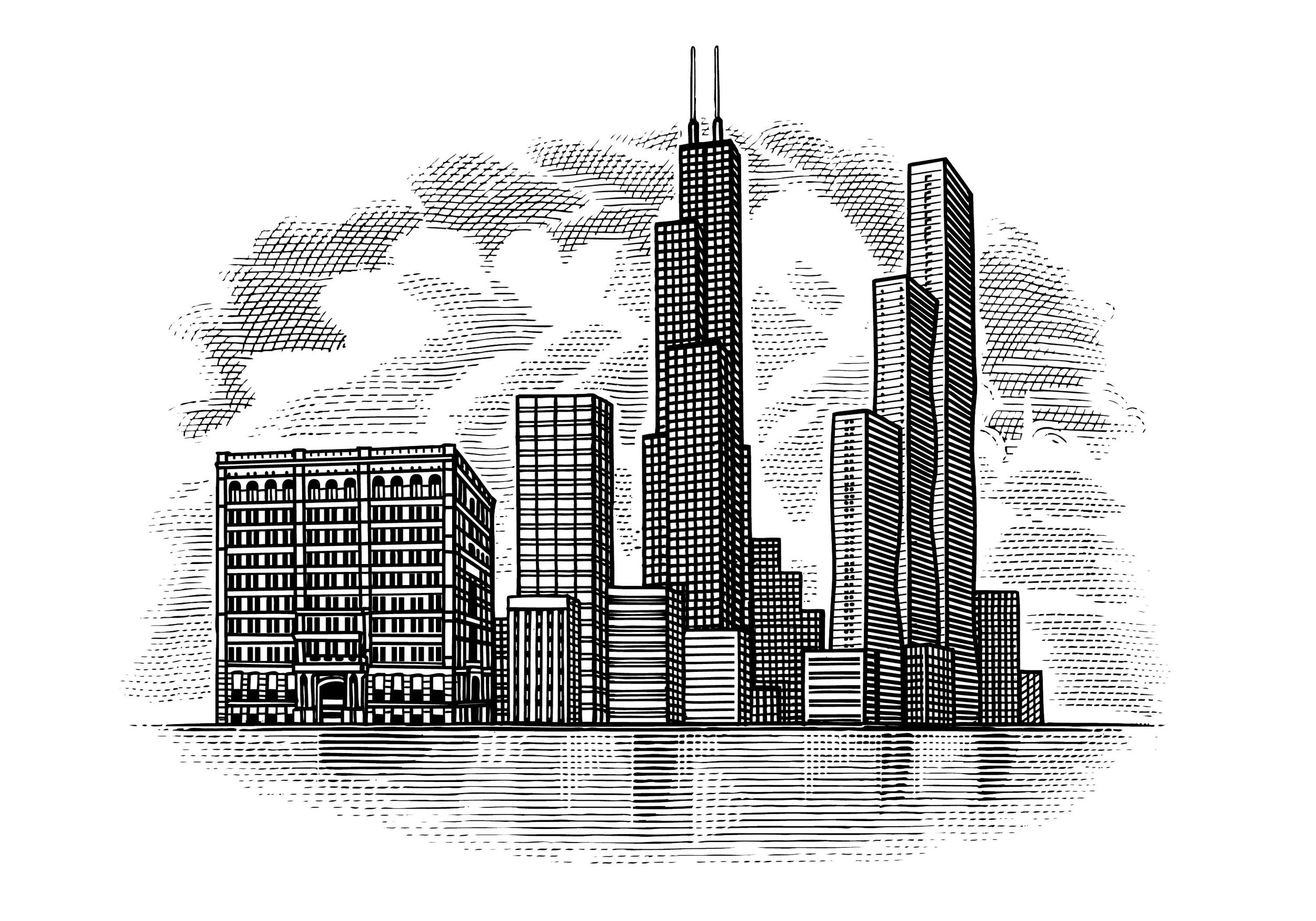The Monthly Memo — June Edition
The Tension at the Heart of the Presidency
The office of the President of the United States is unique for a number of reasons, not least of which is the way the president is elected. But in this piece, I wanted to write about the tension behind the office that has come into focus over the course of time. When the presidency was created the Framers generally considered it to be a chief administrator position -- a role that would enforce the laws and respond to crisis situations, but was otherwise restrained. As the Republic has evolved, however, so has the presidency. Today, the office needs to be more dynamic and outward focused than ever before. This creates a tension -- inward vs. outward -- that President Trump in particular has had a difficult time adjusting to.
In the time since Trump’s inauguration it appears obvious that he is not up to the challenge of the presidency in the same way his immediate predecessors were. Those men knew that to be president meant leading a country with its feet in two places: one at home, trying to wrestle with poverty, racism, and scandal, and one abroad, trying to wrestle with communism, dictators, and other oppressive regimes. On the other hand, President Trump seems incapable of grasping that American interests can lie outside our borders, and that our domestic situation is vastly different than it was when he was coming of age.
But within Trump’s 21st Century incompetence is a sort of presidential understanding that is more attuned to the 20th Century and the way the presidency functioned before America came into its own as a world power. Trump is a decent administrator with an ambitious and surprisingly bipartisan domestic agenda. In all, that agenda is largely in line with historical norms...
But ultimately what Trump is, is a reflection of how America was: a reluctant leader that wants to turn inward but can’t; a crass tourist in the world; and a country that wants to spend as much time on the homefront as it does abroad.
Read more at Medium.
The God Squad
Millennial men are reaching the age where they can become priests in the Catholic Church. Here, Time examines (or tries to) what that will mean for the Church as these men replace the older priests who have been working in parishes since the Second Vatican Council, or even before. This is an interesting article, but not one I completely agree with. Be on the lookout for my response in the next month or two.
Note: Time only published a preview of the article, but I was able to find the entire piece in PDF form, which I link to below.
Millennial priests are products of the Church, and the 21st century. They use Facebook and Snapchat, and text their friends funny GIFs. Some brew their own beer, protest at Black Lives Matter rallies, or go to the shooting range with Marine buddies. Some are comfortable with legalizing recreational pot.
They are more likely to wear their clerical attire than jeans in public, faster to share details of their prayer life than to keep them private and keener to give their Friday nights to the homeless than to Netflix. When it comes to politics, they are hard to pin down as liberal or conservative, and not all think preaching antiabortion homilies is a good idea.
Instead they speak openly with their supervisors about their struggles with chastity, and some even discuss their struggles with sexual orientation. Perhaps most importantly, there are more than there were before: 1,900 men under age 30 were enrolled in graduate-level Catholic seminaries in 2016, up from 1,300 in 2005, according to Georgetown University’s Center for Applied Research in the Apostolate. This June the next wave of graduates packs up to move to churches across the nation.
Read more at Time (and the entire article here).
Around the Web
The Man Who Built Twitter Wants to Fix the Internet from The New York Times
The Eagles are suing the Hotel California from Rolling Stone
The White Whale for Great Lakes Shipwreck Hunters from Atlas Obscura
The Curious Case of Phineas Gage from NPR
What Has Slack Done to the Office? from New York Magazine
CNN Anchor Jake Tapper wrote some satire at McSweeny's
What happens when a language has no words for numbers? from The Conversation
Prime Cut
The best of the best
Sometimes they’ll keep the clothing, the strips of shirt or trousers that weren’t cut away and discarded by the doctors and nurses. They’ll tell and retell their story at family gatherings and online, sharing pictures and news reports of survivals like their own or far bigger tragedies. The video of a tourist hit on a Brazilian beach or the Texan struck dead while out running. The 65 people killed during four stormy days in Bangladesh.
Only by piecing together the bystander reports, the singed clothing and the burnt skin can survivors start to construct their own picture of the possible trajectory of the electrical current, one that can approach 200 million volts and travel at one-third of the speed of light.
In this way, Jaime Santana’s family have stitched together some of what happened that Saturday afternoon in April 2016, through his injuries, burnt clothing and, most of all, his shredded broad-brimmed straw hat. “It looks like somebody threw a cannonball through it,” says Sydney Vail, a trauma surgeon in Phoenix, Arizona, who helped care for Jaime after he arrived by ambulance, his heart having been shocked several times along the way as paramedics struggled to stabilise its rhythm.
- This is What It's Like to Get Struck by Lightning from Mosaic Science

